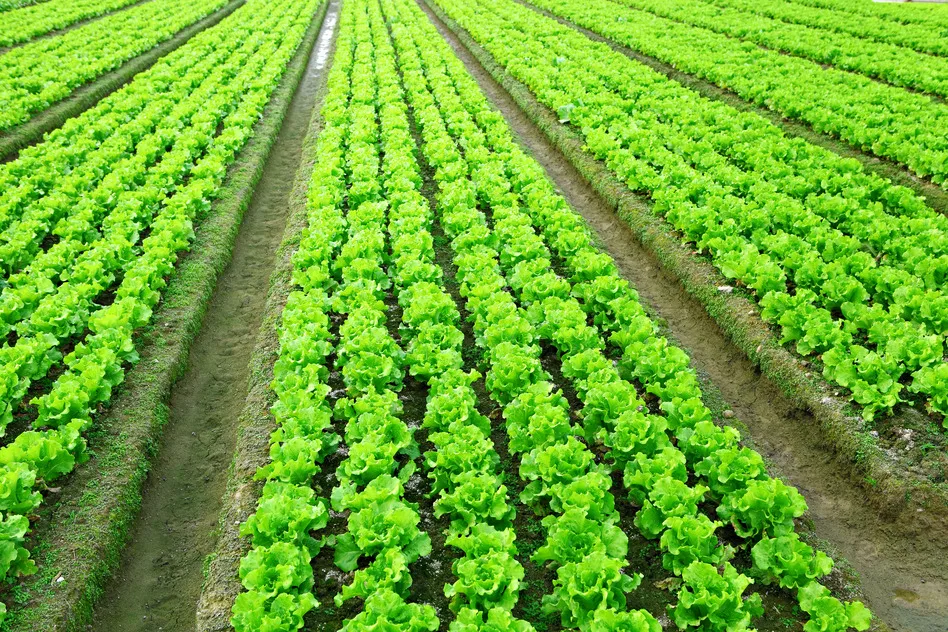Sustainable agriculture farming is no longer a buzzword; it is a necessity for farmers looking to secure the future of their farms and the environment. By adopting practices that promote ecological balance and long-term productivity, you can contribute to global food security while protecting natural resources. But how do you implement sustainable agriculture on your farm effectively? This guide provides actionable steps to help you get started.
What Is Sustainable Agriculture Farming?
Sustainable agriculture farming is a method that focuses on meeting the current food needs without compromising the ability of future generations to meet theirs. It involves using eco-friendly practices to preserve soil fertility, conserve water, reduce pollution, and enhance biodiversity.
Farmers adopting sustainable practices aim to:
- Maintain soil health.
- Reduce dependency on chemical fertilizers and pesticides.
- Promote crop diversity.
- Conserve energy and water resources.
By integrating these principles, farmers can improve yields, reduce costs, and protect the environment.
Start with Soil Health
Healthy soil is the foundation of sustainable farming. Implementing practices that enhance soil fertility is crucial.
1. Rotate Crops Regularly
Crop rotation involves growing different crops in a sequence to prevent nutrient depletion and reduce pests. For instance:
- Grow legumes one year to enrich nitrogen levels.
- Plant cereals or root vegetables the following year to balance soil nutrient usage.
2. Add Organic Matter
Incorporate compost or manure to improve soil structure and fertility. Organic matter:
- Boosts microbial activity.
- Enhances water retention.
- Reduces the need for synthetic fertilizers.
By prioritizing soil health, you ensure a solid foundation for sustainable agriculture farming.
Optimize Water Management
Water is a critical resource for farming, and sustainable methods emphasize its conservation.
1. Use Drip Irrigation
Drip irrigation systems deliver water directly to plant roots, minimizing wastage. This method:
- Reduces evaporation.
- Ensures plants receive adequate moisture.
- Saves up to 50% more water than traditional irrigation techniques.
2. Harvest Rainwater
Set up rainwater collection systems to reduce dependence on groundwater. Collected water can be used during dry spells, ensuring consistent irrigation.
By adopting these water management techniques, farmers can make efficient use of this valuable resource.
Integrate Pest Management
Over-reliance on chemical pesticides can harm the environment and human health. Instead, sustainable farming focuses on integrated pest management (IPM).
1. Introduce Beneficial Insects
Encourage natural predators like ladybugs and lacewings to control pests.
2. Practice Companion Planting
Certain plant combinations repel pests. For example:
- Plant marigolds near tomatoes to deter nematodes.
- Use basil to keep aphids away from vegetables.
These methods reduce the need for harmful chemicals, promoting a safer farming environment.
Promote Biodiversity
Biodiversity enhances ecosystem resilience, ensuring your farm can adapt to changing conditions.
1. Diversify Crops
Grow multiple crop varieties to minimize risks from pests and diseases. This practice:
- Improves soil health.
- Provides habitat for beneficial organisms.
2. Create Natural Habitats
Plant hedgerows and native trees to attract pollinators and birds. These additions:
- Support wildlife.
- Prevent soil erosion.
- Improve air quality.
Adopt Renewable Energy Solutions
Using renewable energy reduces farming’s carbon footprint and lowers long-term costs.
1. Install Solar Panels
Solar energy can power irrigation systems, machinery, and farm buildings. Benefits include:
- Reduced electricity costs.
- Sustainable power source.
2. Use Bioenergy
Convert organic farm waste into biogas or biofuel. This not only manages waste but also provides an alternative energy source.
Monitor and Evaluate Your Practices
Sustainability is an ongoing process. Regularly assess the effectiveness of your methods and make necessary adjustments.
1. Conduct Soil Tests
Frequent soil testing helps track fertility levels and guides future practices.
2. Track Water Usage
Monitor irrigation efficiency and identify areas for improvement. Use smart sensors to optimize water application. Sustainable agriculture farming is a method that focuses on meeting the current food needs without compromising the ability of future generations to meet theirs. It involves using eco-friendly practices to preserve soil fertility, conserve water, reduce pollution, and enhance biodiversity. Sustainable agriculture farming is a method that focuses on meeting the current food needs without compromising the ability of future generations to meet theirs.
Conclusion
Sustainable agriculture farming is about making choices that benefit both the environment and your farm. From improving soil health and conserving water to adopting renewable energy and enhancing biodiversity, these practices ensure long-term productivity. By taking gradual steps and monitoring your progress, you can transform your farm into a model of sustainability. Start today to secure a thriving future for your land and the planet.
